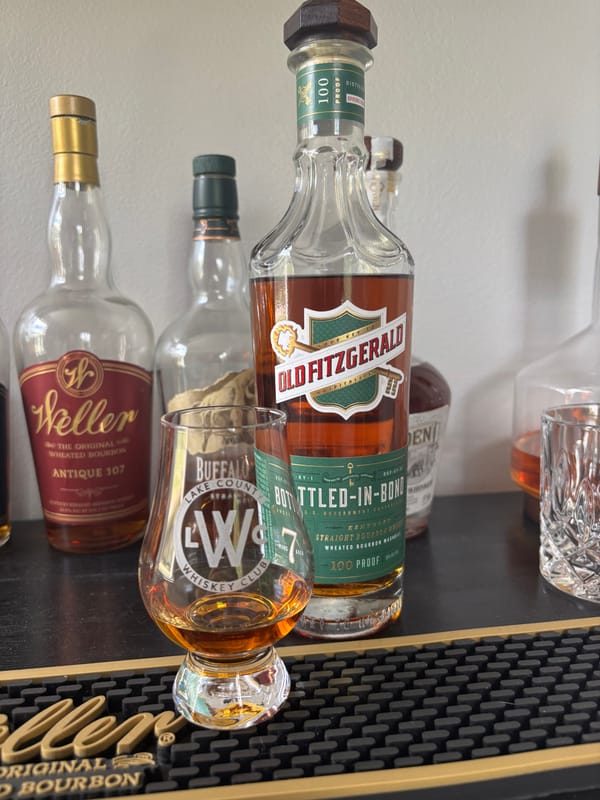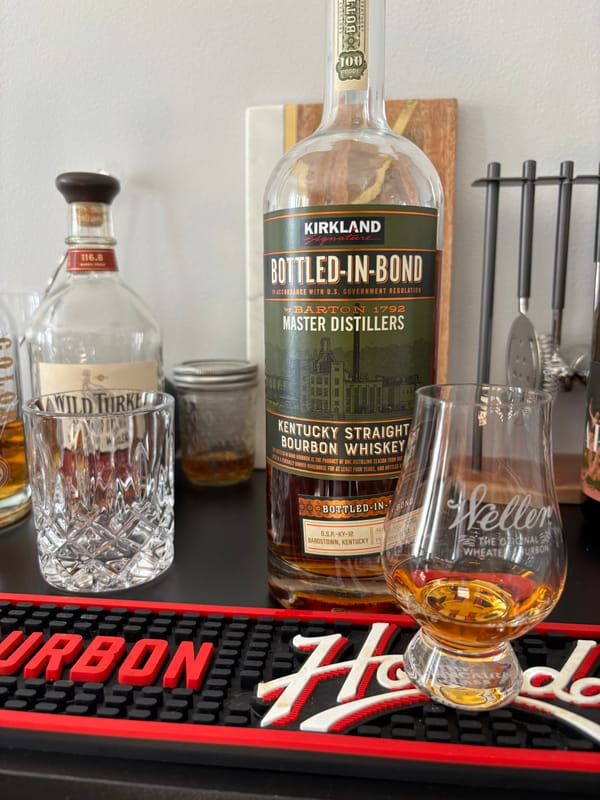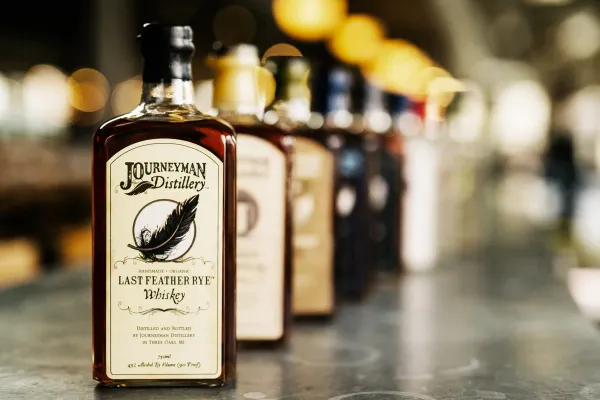Whiskey Fermentation Temperature Truths: The Heat You’ll Wish You’d Temp’d Sooner

Fermentation Temperature: The Whiskey Pulse You Can’t Ignore
Fermentation temperature isn’t just a dial—it’s whiskey’s flavor heartbeat, and if you don’t know its rhythm, you’re missing the pulse that drives every mash. It’s science, not guesswork. Here’s the stone-cold truth about fermentation temperature in whiskey, from vat to glass, and why it’s your 2025 must-grasp.
Why Fermentation Temperature Matters
U.S. law defines whiskey—51% grain minimum, 160 proof max distillation, 125 proof max barreling, 80 proof minimum bottling, new charred oak aging. Fermentation—turning mash sugars into alcohol—runs at 75-90°F (24-32°C), controlled heat keeps yeast alive. Every temp tweak shifts the spirit, no dodging it.
How Fermentation Temperature Shapes Whiskey
Mash—corn, rye, or wheat—cooks at 180-200°F, cools to 75-90°F, then ferments over three to five days, hitting 8-10% ABV. Low temps (75-80°F) slow yeast—subtle esters (fruit, spice) form; high temps (85-90°F) speed it—bolder flavors emerge. Distillation and oak aging (two-plus years) lock it in—temp sets the tone.
What Fermentation Temperature Means for Your Sip
Cool fermentation—75°F—yields soft whiskey—bourbon’s corn hints at apple, rye’s spice stays tame—oak adds vanilla later. Hotter—90°F—turns it robust—grain’s punch deepens. Every bottle’s vibe—law allows it—starts with this heat, no additives change it.
Why Fermentation Temperature Matters in 2025
Fermentation temp’s whiskey’s flavor thermostat—by 2025, knowing it could tune every sip’s beat, from mild to mighty. It’s the truth in the vat—don’t miss its rhythm. Want to taste temp’s touch?
Check out NEAT: Whiskey Finder—it’ll help you track down bourbon and whiskey near you.





